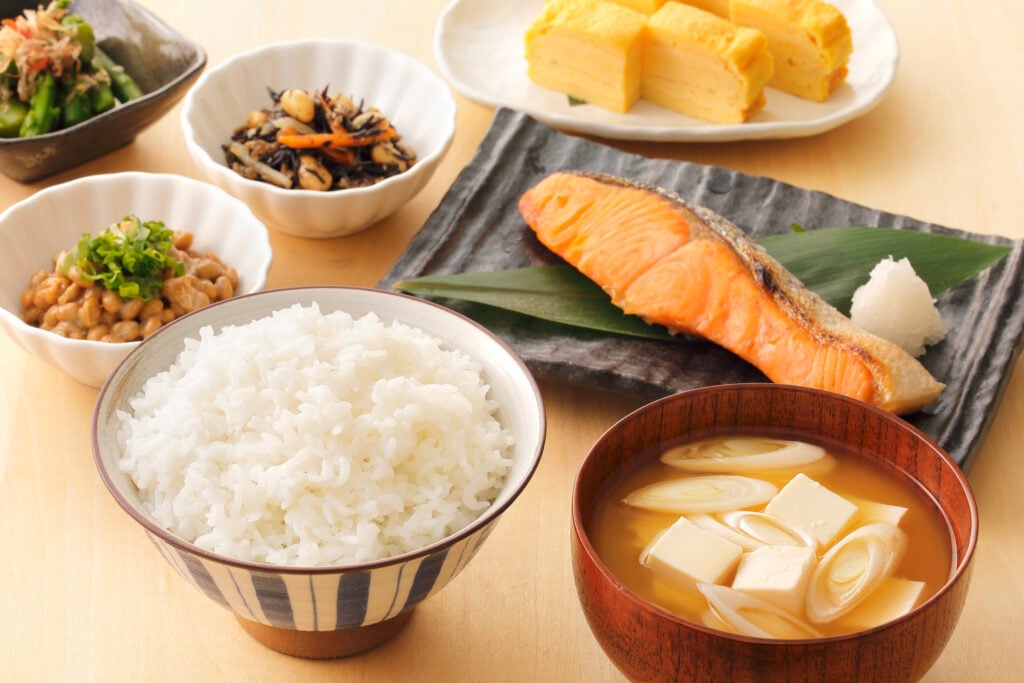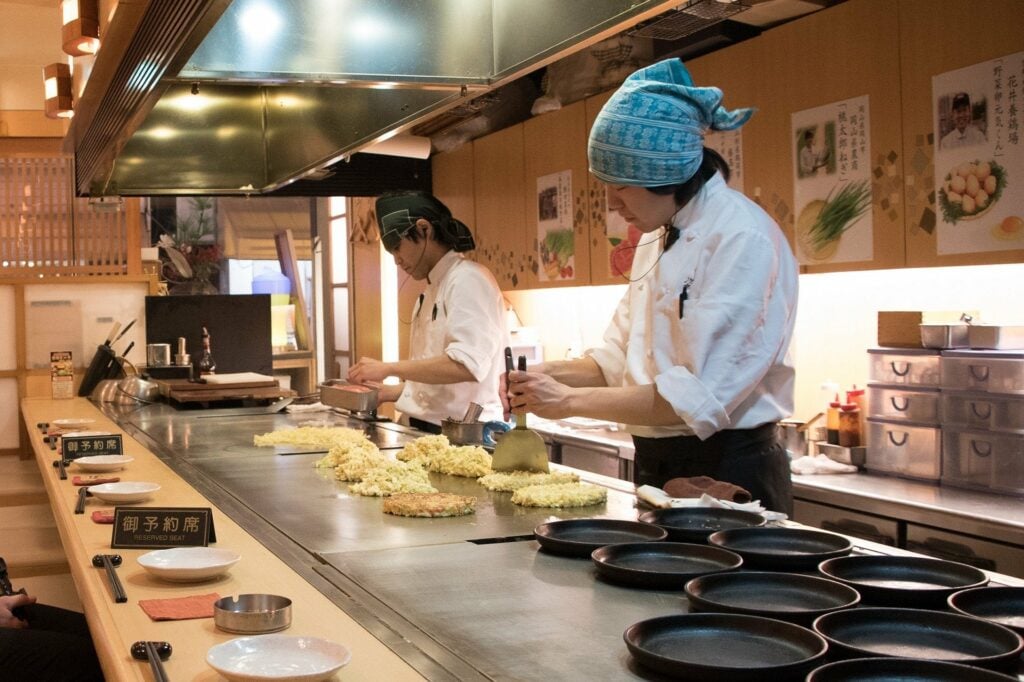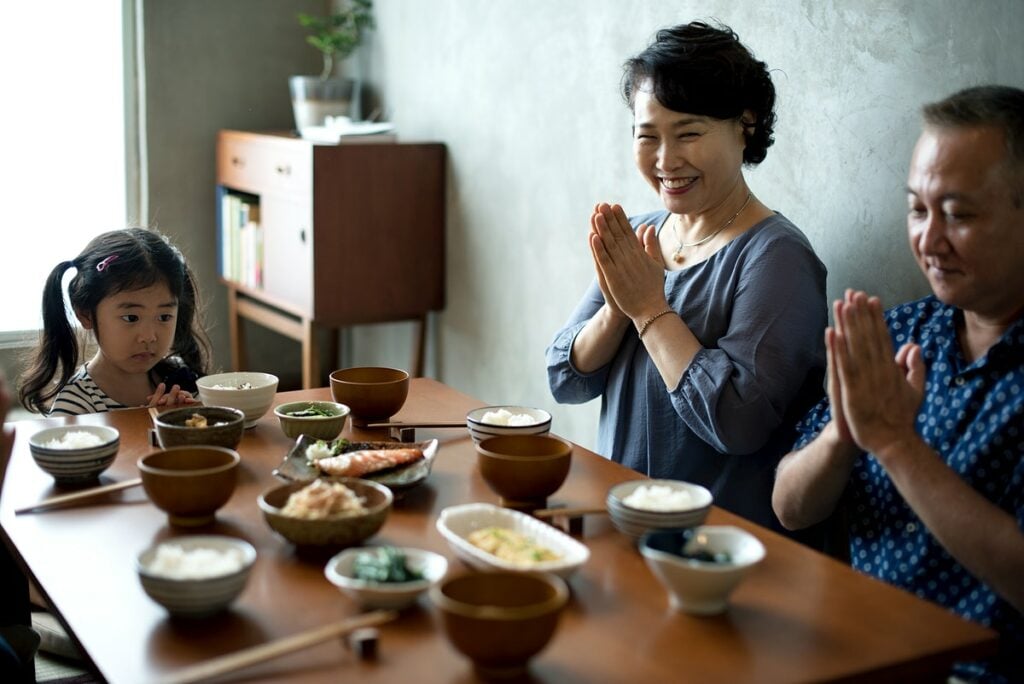Japan’s culinary scene is a gastronomic adventure that’s not to be missed, and this article on Fly-JPN provides a comprehensive guide to the best restaurants in Japan. From ramen shops and sushi bars to izakayas and yakiniku restaurants, the article explores the diverse range of dining experiences that Japan offers. It also delves into popular Japanese dishes like ramen, sushi, udon, soba, tempura, and yakitori. Additionally, the guide introduces unique Japanese dining experiences such as yakiniku grilling, shabu shabu, and making your own okonomiyaki. It also provides useful tips and etiquette for dining in Japan. So, if you’re planning a trip to Japan and wondering where to eat, this guide to “Restaurants In Japan” is a great starting point.
Types of Restaurants in Japan
Japan is renowned for its incredible cuisine, which draws inspiration from centuries of tradition and boasts a wide variety of flavors, ingredients, and cooking styles. From mouthwatering bowls of ramen to delicate, melt-in-your-mouth sushi, Japan’s dining scene is a culinary adventure that’s not to be missed. In this article, we’ll take a closer look at the best restaurants in Japan and explore some of the country’s most popular and unique types of cuisine, from savory udon and soba to sizzling yakiniku. Whether you’re a foodie, a traveler, or simply curious about Japanese culture, you won’t want to miss this guide to the restaurants of Japan.
Japan offers a diverse range of dining experiences, from casual noodle shops to high-end sushi bars. Here are some of the most popular types of restaurants you’ll encounter in Japan:
Ramen Restaurants
Ramen is a staple of Japanese cuisine, and there are countless ramen restaurants to choose from in cities like Tokyo, Kyoto, and Osaka. These casual eateries specialize in serving up steaming bowls of noodles in a flavorful broth, with toppings like sliced pork, bamboo shoots, and green onions.
Sushi Bars
Sushi is another quintessential Japanese dish, and sushi bars are an ideal place to sample fresh, high-quality sushi made with the freshest ingredients. These establishments range from small, intimate shops with just a few seats to large, upscale restaurants that feature elaborate omakase (chef’s choice) menus.
Izakayas
Izakayas are Japanese-style pubs that serve a wide range of small dishes and drinks. These casual restaurants are popular with locals and tourists alike and offer a lively atmosphere where diners can sample a variety of different flavors.
Yakiniku Restaurants
Yakiniku restaurants specialize in grilled meat, with diners cooking their own meat on a grill located at their table. These establishments typically offer a wide selection of meats and cuts to choose from, including beef, pork, and chicken.
Kaiseki Restaurants
Kaiseki is a traditional multi-course Japanese meal that features a sequence of beautifully presented dishes made with seasonal ingredients. Kaiseki restaurants are often high-end and require reservations well in advance.
Popular Japanese Foods

Japan is known for its delicious and diverse cuisine, and there are many different types of food to explore. Here are some of the most popular and beloved Japanese dishes:
Ramen
As mentioned earlier, ramen is a staple of Japanese cuisine and is a must-try for any foodie visiting Japan. The noodles are typically served in a savory broth and topped with ingredients like pork, eggs, and green onions.
Sushi
Sushi is another famous Japanese dish that has become popular all over the world. It consists of bite-sized portions of raw fish, vegetables, and other ingredients wrapped in seasoned rice.
Udon and Soba
Udon and soba are two types of Japanese noodles that are commonly served in hot soup or cold with a dipping sauce. Udon noodles are thick and chewy, while soba noodles are thinner and made with buckwheat flour.
Tempura
Tempura is a popular Japanese dish consisting of lightly battered and fried seafood, vegetables, and other ingredients.
Yakitori: Yakitori is a type of skewered chicken that is grilled over an open flame and often seasoned with salt or soy sauce. It’s a popular snack food in Japan and is often served at izakayas.
Unique Japanese Dining Experiences

Japan is known for its unique dining experiences, and there are a number of culinary adventures that visitors to Japan can embark upon. Here are a few examples of some unique Japanese dining experiences:
Yakiniku Grilling
Yakiniku, which translates to “grilled meat,” is a popular dining experience in Japan where diners grill their own meat at their table. Some popular yakiniku restaurants in Tokyo include Han no Daidokoro and Yakiniku Jumbo Hanare.
Shabu Shabu
Shabu shabu is a hot pot dish where diners cook thinly sliced meat, vegetables, and other ingredients in a boiling pot of water. Some popular shabu shabu restaurants in Tokyo include Sukiyabashi Sabo and Shabuzen.
Okonomiyaki
Okonomiyaki is a savory pancake made with cabbage, meat or seafood, and other ingredients. Some restaurants in Japan offer the unique experience of making your own okonomiyaki at your table. One such restaurant is Okonomiyaki Chitose in Osaka.
These dining experiences are just a few examples of the unique and exciting culinary adventures that can be had in Japan. If you’re planning a trip to Japan, be sure to check out some of the best restaurants to try these experiences. Whether you’re in Tokyo, Osaka, or Kyoto, there are plenty of delicious and unforgettable dining experiences waiting for you.
Dining in Japan: Tips and Etiquette

Dining in Japan offers a delightful mix of flavors, traditions, and cultural experiences. Navigating the local dining scene might seem daunting, especially if you don’t speak Japanese, but with a few tips, you can enjoy a smooth dining experience.
- Ordering: One of the unique features of many Japanese restaurants is the plastic food models displayed outside or in the windows. These lifelike replicas make ordering simple for non-Japanese speakers. Just point to the dish you’d like to try. If you’re adventurous and open to suggestions, don’t hesitate to ask the waiter or chef for their recommendations. Often, simple English combined with gestures goes a long way.
- Menus with Pictures: Many eateries, especially in tourist-friendly areas, offer picture menus. Some even have English translations, making the ordering process straightforward.
- Using Technology: If you’re uncertain about the menu, smartphone translation apps can be handy. Additionally, having reliable connectivity can enhance your dining experience, especially if you’re looking up dishes or reviews on the spot. Here’s a guide on the best pocket wifi rental in Japan to keep you connected.
- Paying: Once you’ve savored your meal, the payment process is slightly different than in many Western countries. Instead of waiting for the bill at your table, you’ll usually receive a check or a barcode with your order. When you’re ready, head to the register near the exit to pay. This system is efficient and helps manage the often-busy restaurant environments.
- Communicating Appreciation: It’s a kind gesture to express your satisfaction after a meal. A simple “Oishii!” (delicious) or “Gochisousama deshita” (thank you for the meal) can be a nice touch and is appreciated by restaurant staff.
Remember, dining in Japan is not just about the food; it’s a cultural experience. Take in the ambiance, the service, and the meticulous attention to detail that Japanese dining is renowned for.
Etiquette One of the most important aspects of Japanese dining etiquette is respect. Be sure to respect your fellow diners, your servers, and the food itself. Don’t talk loudly or disturb others, and try to eat everything on your plate. It’s also important to say “Itadakimasu” before you start eating, which is a way of expressing gratitude for the food you are about to receive. And unlike in some other countries, tipping is not necessary in Japan.
By keeping these tips in mind and following Japanese dining etiquette, you’ll be sure to have a smooth and enjoyable dining experience in Japan.
p.s
One of the essential phrases to learn when traveling in Japan is how to ask for the restroom. Simply saying “Toire wa doko desu ka?” can be a lifesaver. But beyond just finding a toilet, be prepared to encounter the marvel that is the Japanese bidet. These technologically advanced toilets offer a range of features from warming the seat to multiple cleansing options, elevating your restroom experience to a whole new level. If you’ve never used one before, it might be a bit intimidating, but once you get the hang of it, you might find yourself wishing for one back home!
In conclusion, exploring the diverse and flavorful world of Japanese cuisine and restaurants is a must for anyone visiting or living in Japan. From sushi to ramen to okonomiyaki, there is something for everyone to try and enjoy. Whether you’re in Tokyo, Osaka, Kyoto, or any other city in Japan, you’re sure to find a variety of restaurants that will satisfy your cravings.
Throughout this article, we’ve highlighted some of the most popular and unique types of Japanese cuisine, as well as some of the best restaurants to try them. We’ve also discussed tips and etiquette for dining in Japan, such as saying “Itadakimasu” before eating and not tipping.
So, we encourage readers to embrace the vibrant food culture of Japan and to step out of their comfort zones by trying new dishes and dining experiences. You never know what culinary delights you might discover!

